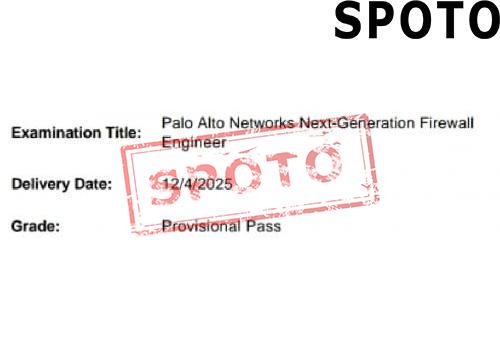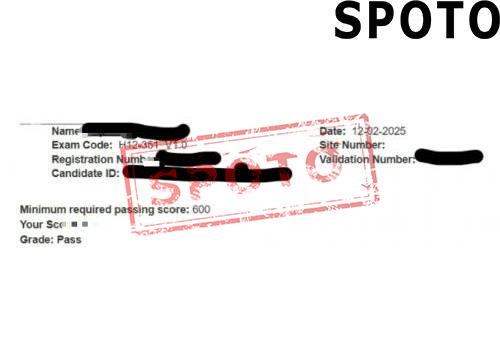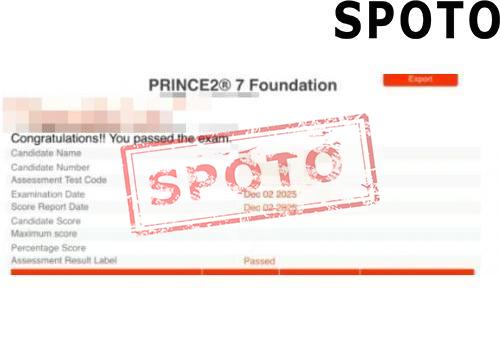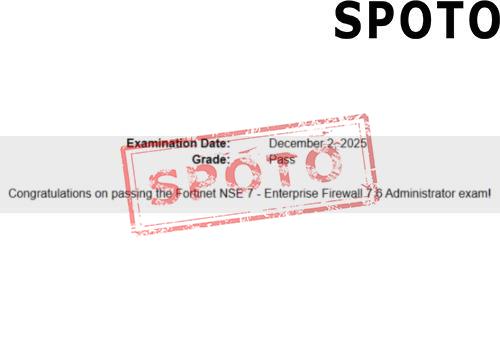
Table of Contents
- 1. Introduction to the RCDD certification
- 2. The Competitive Edge of RCDD Certification
- 3. Core Components of the RCDD Certification
- 4. What are the requirements to be a BICSI Registered Communications Distribution Designer?
- 5. Comparable Certifications to BICSI Registered Communications Distribution Designer Certification
RCDD is a top-tier global certification in communications infrastructure design that focuses on the planning and design of communication systems in complex scenarios.
1. Introduction to the RCDD certification
BICSI Registered Communications Distribution Designer (RCDD) is a globally authoritative communication infrastructure design certification issued by the International Building Communications Cabling and Infrastructure Institute (BICSI), focusing on verifying the advanced professional capabilities of practitioners in planning, designing, integrating, accepting, and project management of communication distribution systems in buildings and parks.
It is the "gold standard" in the field of communication infrastructure design, aimed at cultivating expert-level talents who can solve complex communication cabling and infrastructure design problems, and ensure long-term stability and scalability of systems. It is the core professional qualification for entering the high-end communication design and system integration field.
The demand for communication infrastructure in modern architecture has evolved from simple "data transmission" to "multi service integration, high bandwidth, high reliability, and intelligence," requiring professional design to avoid problems such as "bandwidth bottlenecks, signal interference, difficult operation and maintenance, and limited expansion." The core positioning of RCDD certification is to cultivate "expert level designers and technical managers for the entire lifecycle of communication infrastructure," rather than simply "wiring drafters."
Holders of RCDD certification need to possess global design thinking, be able to design communication distribution system architecture based on building functions, business requirements, and industry standards, solve key issues such as wiring design, medium selection, link testing, and security protection in complex scenarios, ensure that communication infrastructure is adapted to current business and support technological upgrades in the next 5-10 years.
2. The Competitive Edge of RCDD Certification
RCDD is a globally recognized top-level qualification in the field of communication design, highly recognized among Huawei, Cisco, ZTE, system integrators, high-end architectural design institutes, and data center service providers. When recruiting for high-end communication design positions, it is often listed as a "must-have condition," which is the core symbol that distinguishes ordinary designers from expert designers.
RCDD certification represents proficiency in industry standards and best practices, and the holder has a natural advantage in project bidding and technical evaluation; you can join the BICSI global community to access the latest industry standards, technical whitepapers, project cases, and connect with global communication design expert resources.
Communication infrastructure is the "underlying lifeline" of architecture and IT. The technical capabilities covered by RCDD certification have strong universality and slow iteration, and holders can cultivate them for a long time without being affected by a single technological iteration, with a long professional life cycle.
3. Core Components of the RCDD Certification
For professionals who are committed to becoming top experts in the field of communication infrastructure design, responsible for planning and building enterprise and park level physical network neural systems, RCDD certification is recognized as one of the highest professional achievements in the industry.
The RCDD certification is issued by BICSI and focuses deeply on the end-to-end design, integration, and management of communication infrastructure. It aims to systematically verify whether you have the expert level architecture capabilities to handle everything from standard understanding, medium selection, to complex system integration and project delivery.
The foundation and standards of communication design are the cornerstone of all designs. You need to be proficient in global and regional core standards such as TIA/EIA-568, and master the complete design process from requirement analysis to acceptance delivery to ensure the compliance and foresight of the solution.
You will gain a deep understanding of the characteristics, performance limits, and application scenarios of copper cables from Cat.6A to Cat.8, as well as fiber optic transmission media from OM5 to OS2. You will also be able to accurately calculate optical link losses and select the most economical and efficient "information highway" materials for the system.
The design of building communication distribution system is the core of authentication. You need to be proficient in designing the horizontal and vertical mainline systems of the entire building, planning the layout and environment of wiring and equipment rooms, which is a key ability to build any modern building communication backbone.
Your design vision needs to expand from a single building to the entire park. This includes planning backbone fiber optic cable routing and protective measures between buildings, as well as designing wireless coverage and outdoor wireless links in the park.
Faced with the most demanding environment, you need to design data center cabling topology according to TIA-942 standards, choose high-density pre termination solutions, and consider supporting infrastructure.
Modern RCDD requires a system integration expert. You will learn how to deeply integrate communication infrastructure with weak current systems and build a unified intelligent management platform. Excellent design cannot be achieved without excellent management. You need to master project coordination, cost control, and be able to prepare complete and standardized design and construction documents.
Finally, certification requires you to ensure that the design can be perfectly implemented. You must master the methods of using OTDR, Fluke tester and other tools for link authentication testing, and develop long-term maintenance and upgrade strategies.
4. What are the requirements to be a BICSI Registered Communications Distribution Designer?
(1) Qualification prerequisites:
Registered Communications Distribution Designer (RCDD) requires a college degree or above in a relevant field. You need to have at least 5 years of work experience in communication infrastructure design, construction, and project management. If the education level is higher, the work experience requirement can be appropriately reduced, and the specific requirements shall be subject to the latest official regulations of BICSI.
The training requires you to complete BICSI approved RCDD training courses or possess equivalent knowledge reserves.
(2) Training and examinations:
The Registered Communications Distribution Designer (RCDD) has approximately 100 multiple-choice questions, including scenario analysis questions. The exam lasts for 3 hours. Full score of 1000 points, reaching 700 points or above to pass. The exam fee is approximately $800-1000.
(3) Qualification maintenance:
The RCDD certificate is valid for 3 years; the renewal requirement is that you need to accumulate 60 Continuing Education Units within the validity period, pay the renewal fee, submit a renewal application, and pass the review.
5. Comparable Certifications to BICSI Registered Communications Distribution Designer Certification
- BICSI Data Center Design Consultant (DCDC)
- Certified Data Centre Professional (CDCP)
- Certified Technology Specialist - Design (CTS - D)
- Cisco Certified Network Professional (CCNP)










